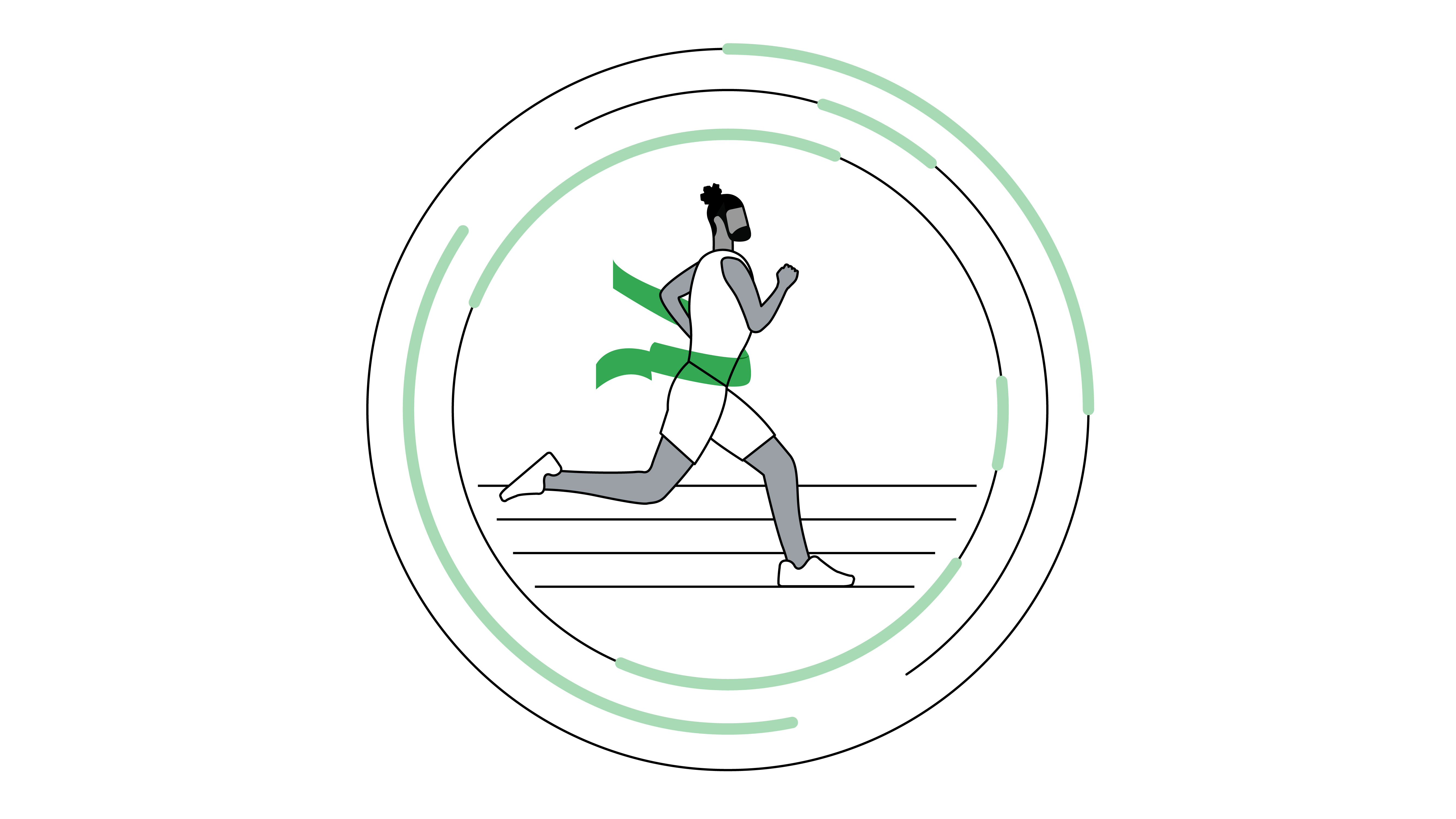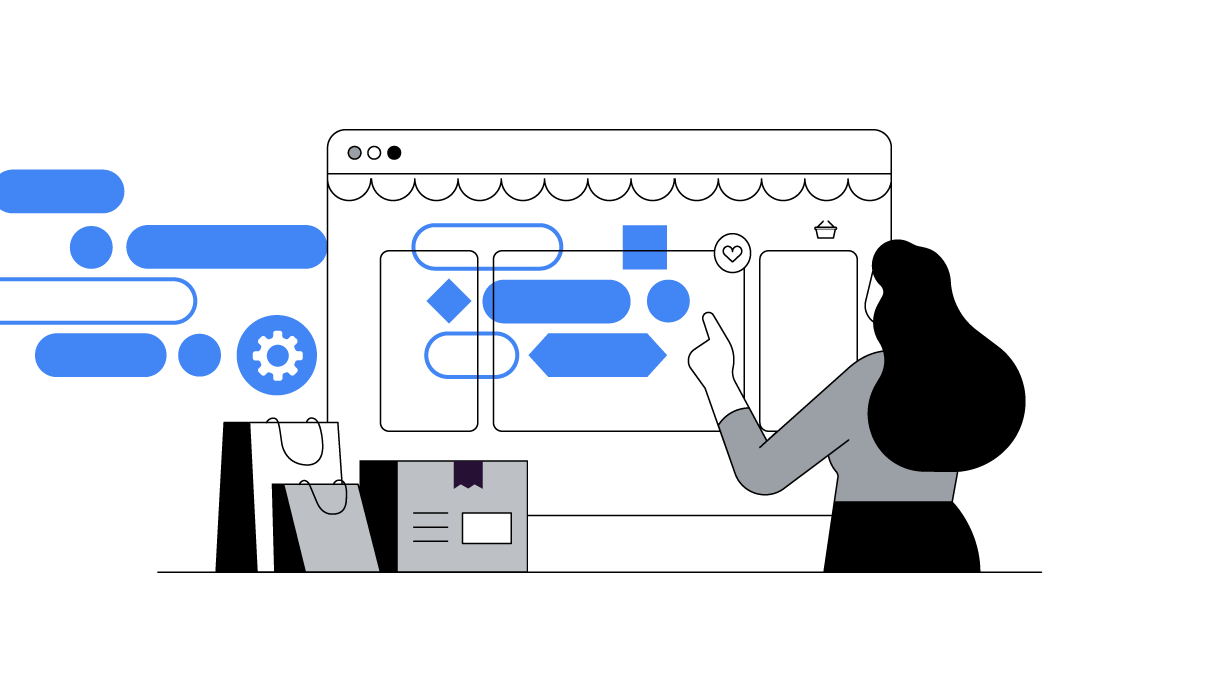The agency landscape is changing. Since the pandemic has amplified the need for growth, brands are increasingly expecting agencies to be a strategic partner rather than just a provider of digital efficiencies. Research by Forrester confirmed this trend was accelerated by COVID, but we at Tulos Helsinki have long been preparing for it.
Years ago, we moved away from the traditional, full-suite agency model because we no longer wanted to work in silos. We knew that the rise of digital transformation would only increase the need for efficiency. And while silos are a logical way of running a multi-disciplinary organisation, the fragmented approach to teams was getting in the way of our collaboration and productivity.
Instead, we started building customer-centric teams based on the different services our clients required, allowing us to move beyond the traditional agency role of campaign-by-campaign optimisation. But making this shift was easier said than done. Structural changes are slow and time-consuming, and we would never have been able to do it without the help of automation.
The (r)age of automation
The rise of automation has divided agencies into two camps — those that embraced it, and those that haven’t. One major reason for this is that automation can be a black box. It was the same for us at the beginning, and I’ll be the first to admit that I burned my hands on some of the algorithms, but that’s not a reason not to use it.
Automation has helped transform our business because it lets us focus on our clients’ wider strategy rather than just their performance.
As it’s not always immediately transparent how automated ad campaigns work, we had to try and test a lot of different solutions before we started to see positive results. You can’t just switch automation on and see what happens. To successfully implement it, you need time, patience, and a willingness to experiment. This can be daunting when it’s not you, but your client who’s paying for it.
On the flipside, agencies have the luxury of testing and learning across many different accounts. If we achieve success with one client, we can bring that same approach to another. That’s not to say there’s a one-size-fits-all solution, but after years of experiments we know what ingredients are needed to drive results, or ‘tulos’, as we say in Finnish.
At the risk of sounding cliché, recognising the pivotal role of data is key. Look at it like this: if every advertiser in the world has access to the same algorithms, who’s ultimately going to win the race? That will be those who feed the algorithms the best data. It’s like higher octane fuel for your race car.
To achieve this, data must be fresh, relevant, and of a high quality, which is why investing in first-party data collection should always be the first step. Not only does this allow businesses to reap the rewards of automation more easily, it also encourages them to consider doing so in a privacy-first way.

From optimisation to growth
Automation has helped transform our business because it lets us focus on our clients’ wider strategy rather than just their performance. The Forrester research confirms there’s an increasing need for this: 82% of brand decision-makers in 2020 stated the need for their agencies to be strategic partners. Meanwhile, 76% of agencies recognise growth to be a leading priority for CMOs.
To meet this expanding need, we have shifted our focus towards offering “Growth as a service”. Or, as we sometimes call it, “Growth by any (legal) means necessary”. No matter the bottleneck — be it money, expertise, time, or C-level buy-in — we see it as our job to eliminate it.
You can’t just switch automation on and see what happens. You need time, patience, and a willingness to experiment.
A good example is our partnership with online retailer Finnish Design Shop, who we’ve worked with for 10 years. Through a wide range of growth-focused activities, including market and channel expansion, website optimisation, automated bidding, recruitment support, and in-house training, we have helped them increase their annual turnover from €3 million to over €40 million.
“Our collaboration with Tulos has evolved over the years, as has our business. We started out as a small team with basically no internal growth marketing department. Now we are a growing company with an in-house team of over 10 marketing professionals. All the way through, Tulos has grown their expertise and offered us the support necessary to tackle the situations and challenges at hand,” says Reetta Noukka, chief operating officer, Finnish Design Shop.
At one point, however, they were growing so much that the team was no longer able to keep up. This often happens with scaleups — with expertise and money being the usual bottlenecks — and so we made the unusual decision to become a shareholder in their company. By investing in our own client we were able to facilitate and simultaneously manage their growth on many levels.
If every advertiser in the world has access to the same algorithms, who’s ultimately going to win the race?
While performance marketing lies at the core of what we do, offering additional services to help both young and established businesses grow has opened a lot of doors for us. Whether it’s being a financial investor, helping clients build business plans to apply for funding or financial support, planning and building client marketing teams, or devising an international expansion strategy. It’s these types of activities that have helped us build an agency model that is future-proof.
Making this shift would not have been possible if we hadn’t initially spent all that time wrapping our heads around automation. It wasn’t always an easy ride, but what matters is that previously I was so busy doing manual work that I couldn’t be a strategic partner to my clients. Now I can — and it has made my job infinitely more meaningful.







